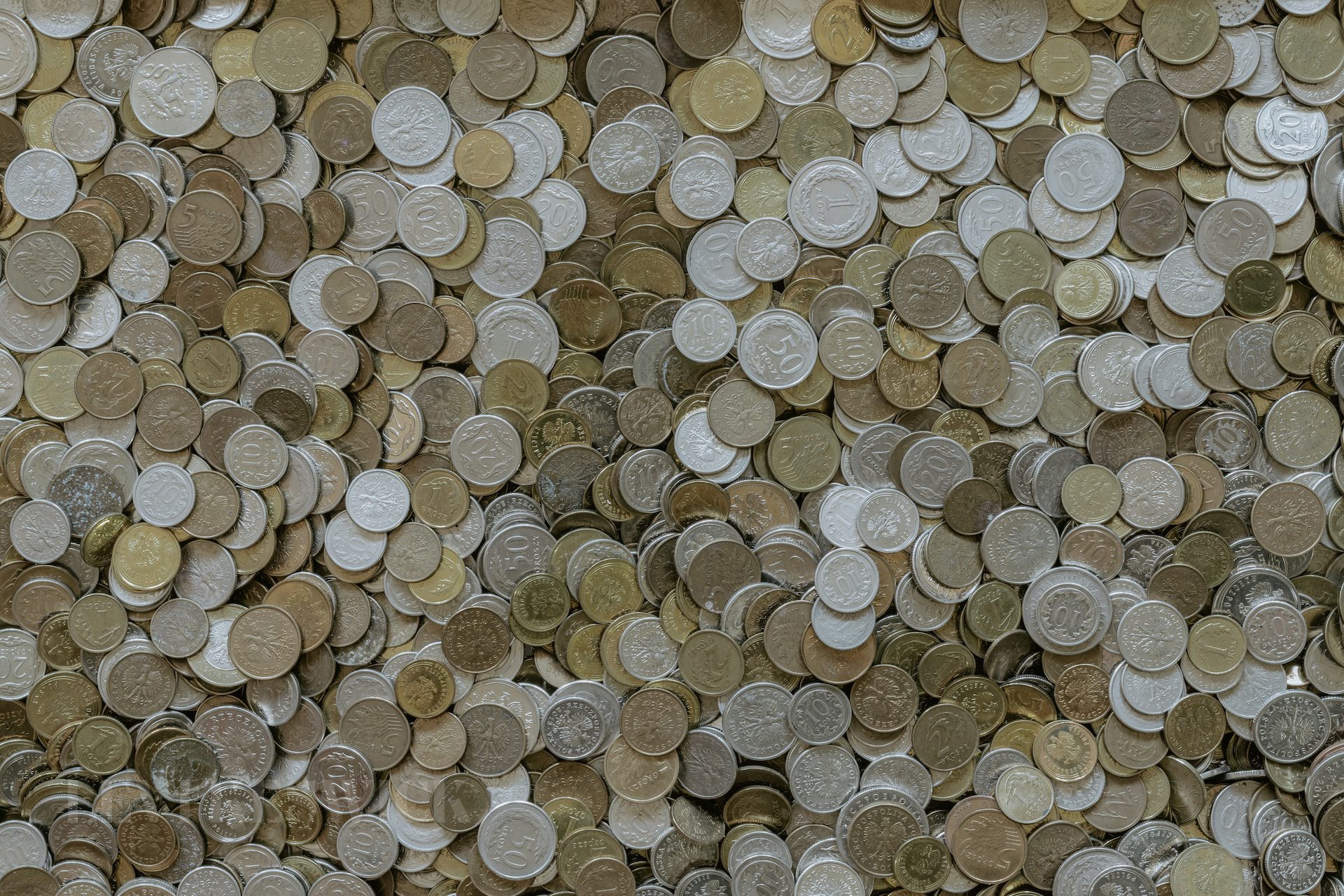Key Takeaways:
- The 1952 No Mint nickel is a popular collectors’ item due to its historical significance.
- Coin value depends on several factors, including rarity, condition, and overall demand in the market.
- The 1952 No Mint nickel, though readily available, can still fetch impressive prices in excellent condition or when sold at auctions.
- Besides its monetary value, the 1952 nickel holds cultural and historical worth.
- Understanding coin grading helps collectors evaluate the potential value of their coins.
The 1952 Nickel: More than Just Pocket Change
Popularly known as the Jefferson Nickel due to the beloved Founding Father’s image gracing its front, the 1952 nickel has proven to be a treasured item for coin collectors. However, understanding the true value of this coin requires more than just a casual glance. To delve into the intricacies of its worth, one must look at a combination of factors including its historical context, mintage numbers, condition, and current market trends.
The Birth of a Beloved Design
The history of the 1952 Jefferson nickel starts much earlier, in 1938, when the U.S. Mint announced a competition for a new nickel design. The competition led to the emergence of a German-born designer, Felix Schlag, who proposed an innovative and compelling design that won him the grand prize.
The competition requirements dictated that the obverse of the coin would depict an image of Thomas Jefferson, while the reverse side would feature Monticello, Jefferson’s stately plantation home. After some revisions to modernize Schlag’s initial design, the final version we recognize today was approved.
The obverse shows a left-facing Jefferson, with the mintage year and the mottos “IN GOD WE TRUST” and “LIBERTY”. The reverse side proudly displays Monticello, a testament to Jefferson’s architectural prowess and a poignant reminder of the era’s historical context.
The 1952 No Mint Nickel’s Production and Distribution
In 1952, three mints – Philadelphia, Denver, and San Francisco – produced Jefferson nickels. The total mintage count for the year was an impressive 115,198,000. Among these, the Philadelphia Mint, which did not mark its coins with a mint signature, was responsible for creating 63,988,000 nickels. Hence, the 1952 No Mint Nickel was born.
Unearthing the 1952 No Mint Nickel Value
While the high mintage numbers might suggest a low value due to availability, the 1952 No Mint Nickel’s value can surprise many. In circulated condition, these coins might only fetch between $0.05 to $1.70. However, the value appreciates significantly for coins in excellent condition or those sold at auctions.
A 1952 No Mint Nickel in MS 64 can fetch between $7 and $30. An MS 65 coin can range between $10 and $30. However, MS 66 and MS 66+ coins can command prices upwards of $300, with the highest recorded auction price for an MS 67+ 1952 No Mint Nickel hitting an astounding $4,000.
The Impact of Coin Grading
The assigned value of a coin is significantly influenced by its graded condition. Grading, a process used to determine a coin’s condition, employs the Sheldon scale, assigning numeric grades from 1 to 70. While seemingly straightforward, the grading process can be subjective, leading to disagreements among numismatists.
In Summary
The 1952 No Mint Nickel, while abundant due to its high mintage numbers, holds significant value, both historically and monetarily. Its worth can vary greatly, depending on several factors such as condition, grade, and the current market demand.
This Jefferson Nickel serves as a symbol of American history, making it a prized possession for collectors, historians, and enthusiasts. And though its face value may be only five cents, in the right condition and context, it proves to be a coin that offers much more than meets the eye.








